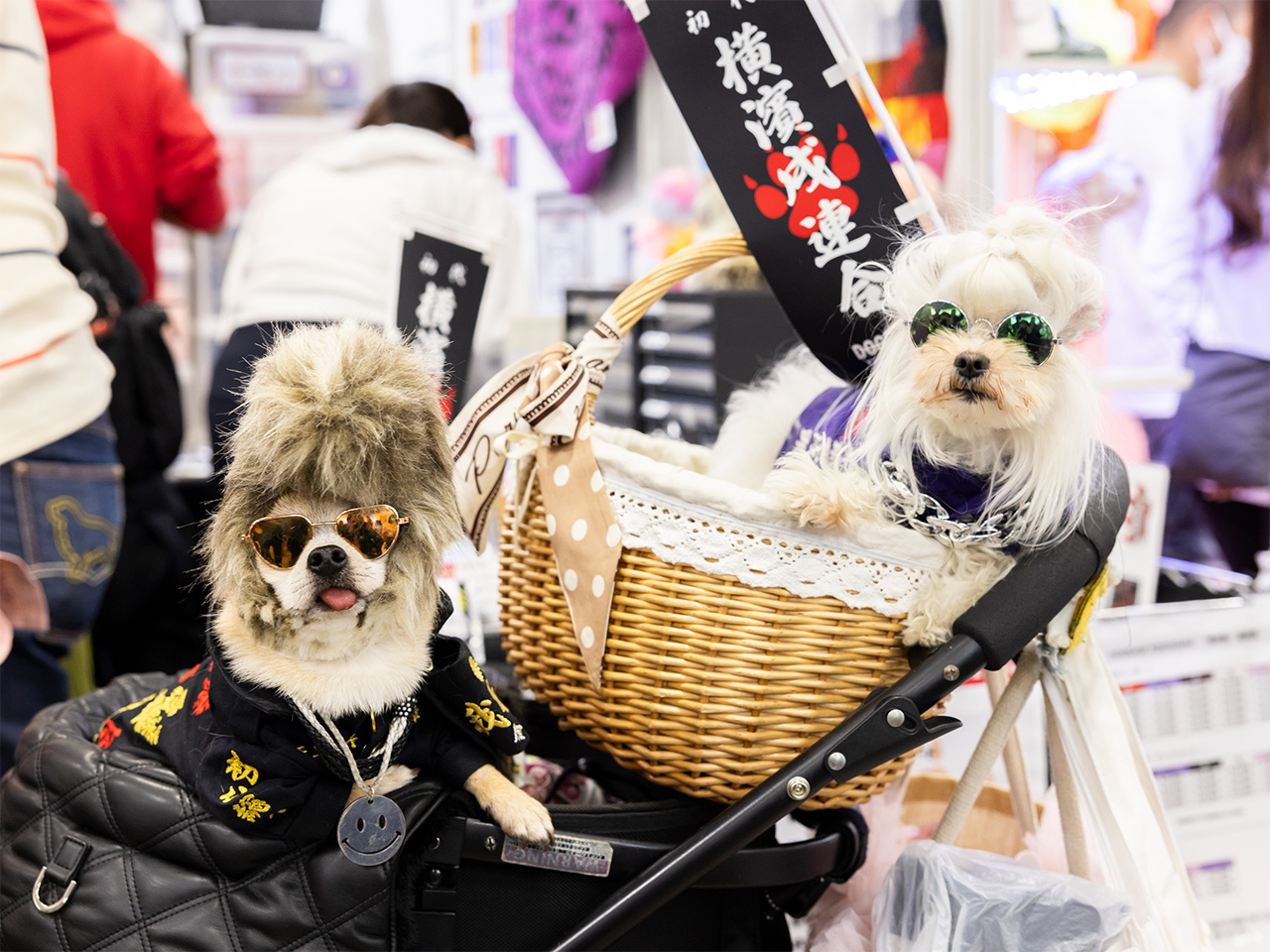Japan's Pet Paradise: A Billion-Yen Industry Pampering Furry Friends

Japan's love for pets has reached new heights, fueling a booming luxury pet industry worth over a billion yen. From high-end grooming salons to bespoke dog apparel and gourmet pet food, businesses are catering to the increasingly sophisticated needs of Japan's devoted pet owners. This article delves into the fascinating world of Japan's luxury pet lifestyle, exploring the trends, the companies driving the market, and the cultural factors behind this unique phenomenon.
A Nation of Pet Lovers
Japan has a long-standing tradition of cherishing animals, with pets often considered members of the family. Factors like a declining birth rate, an aging population, and increasing urbanization have further intensified this bond. Many Japanese individuals and couples, particularly in urban areas, find companionship and emotional fulfillment in their pets, especially dogs and cats. The desire to provide the very best for these beloved companions has created a fertile ground for the luxury pet market to flourish.
Beyond the Basics: Luxury Pet Products and Services
The luxury pet market in Japan goes far beyond basic necessities like food and water. It encompasses a wide range of high-end products and services, including:
- Gourmet Pet Food: Forget kibble! Japanese pet owners are opting for restaurant-quality meals crafted with premium ingredients like Wagyu beef, fresh seafood, and organic vegetables. Specialized pet food delivery services are also gaining popularity.
- Luxury Grooming: High-end grooming salons offer a pampering experience for pets, with services like aromatherapy baths, pawdicures, and stylish haircuts. Some salons even offer personalized styling consultations.
- Bespoke Apparel: From designer dog jackets and sweaters to custom-made pet beds and carriers, the options for fashionable pet accessories are endless. Many brands collaborate with renowned Japanese fashion designers.
- Pet-Friendly Transportation: Dog buggies, pet carriers designed to resemble designer handbags, and even pet taxis are readily available for those who want to travel in style with their furry friends.
- Pet Hotels and Resorts: When owners travel, their pets can enjoy luxurious accommodations at pet hotels and resorts, complete with comfortable suites, playtime areas, and attentive staff. Some even offer specialized activities like dog yoga and agility training.
- Pet Photography and Art: Capturing precious moments with pets is a growing trend. Professional pet photographers create stunning portraits, while artists create custom pet portraits in various styles.
Key Players in the Billion-Yen Market
Several companies are capitalizing on the demand for luxury pet products and services in Japan. Established brands like Purina and Royal Canin have expanded their offerings to include premium pet food lines. Smaller, specialized businesses are also thriving, focusing on niche areas like bespoke pet apparel or luxury pet hotels. Furthermore, online retailers and subscription services are making it easier than ever for pet owners to access these high-end products and services.
Cultural Significance and Future Trends
The growth of Japan's luxury pet market reflects a broader cultural shift towards prioritizing emotional well-being and cherishing personal relationships. As the population continues to age and urbanization increases, the role of pets as companions and family members is likely to become even more important. Future trends in the market may include increased demand for personalized pet healthcare services, the integration of technology (such as smart pet feeders and GPS trackers), and a greater focus on sustainability and ethical sourcing of pet products.
The Japanese luxury pet market is a fascinating example of how cultural values and demographic trends can drive the growth of a unique and thriving industry. It offers a glimpse into the evolving relationship between humans and animals and the increasing willingness to invest in the happiness and well-being of our furry companions.






